Computational Fluid Dynamics (CFD) Blog Posts

6 Ways Engineers Are Using Simulation to Help the Environment
Energy-efficient buildings and appliances. Safe nuclear waste storage. Well-preserved freshwater lakes. These are just a few examples of how simulation is being used to help the environment.
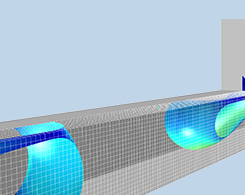
Modeling and Simulation of Multiphase Flow in COMSOL®: Part 1
Multiphase flow can be modeled on scales ranging from fractions of microns to tens of meters. Get an overview of the dispersed and separated multiphase flow models for different types of flow.
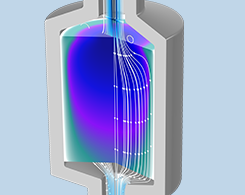
Thermal Equilibrium and Nonequilibrium Heat Transfer in Porous Media
Heat transfer in porous media can occur under thermal equilibrium, such as a rock consisting of different minerals or trapped fluids, or nonequilibrium, like a thermal energy storage (TES) unit.
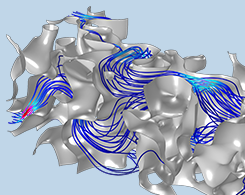
Modeling Darcian and Non-Darcian Flow in Porous Media
Get an introduction to the theory behind modeling flow in porous media, including the Kozeny–Carman, Forchheimer, Ergun, Burke–Plummer, and Navier–Stokes equations.
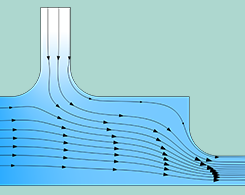
How to Simulate Control Systems Using the PID Controller Add-In
A PID controller can be used in a variety of industries. This blog post demonstrates how a PID controller add-in can be easily incorporated in two simulation examples.

Finding the Best Way to Make Crêpes with Fluid Dynamics Research
The recipe for the perfect crêpe calls for flour, eggs, milk, sugar, butter, and…simulation? Fluid dynamicists used simulation to solve the optimal coverage problem for crêpe making.

Building a Magnetohydrodynamic Multiphysics Model in COMSOL®
Magnetohydrodynamic models call for fluid dynamics and electromagnetics couplings. To do so, you can set up bidirectional couplings between all physics equations or building a simplified model.
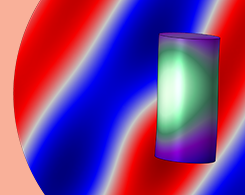
Introduction to Modeling Acoustic-Structure Interactions in COMSOL®
To model an ASI problem, you need to account for the behavior of elastic waves in solids, pressure waves in fluids, and their interaction. The COMSOL® software includes interfaces for doing so.
